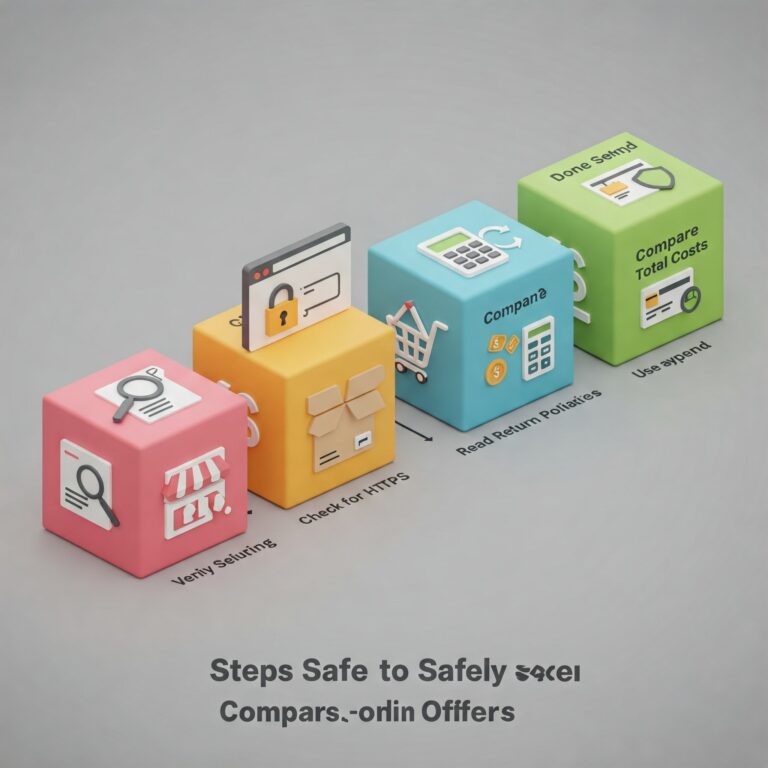Fraud Online – Shopping Sites
Online shopping fraud Shopping and auction fraud includes fraudulent shopping tricks that depend on the secrecy of the web….

Online shopping fraud Shopping and auction fraud includes fraudulent shopping tricks that depend on the secrecy of the web….

The digital marketplace in 2025 offers an unprecedented array of choices and potential savings, yet it simultaneously presents a…

The Allure of “Free” – Why Free Trials Are Everywhere The word “free” holds undeniable appeal. In today’s digital…